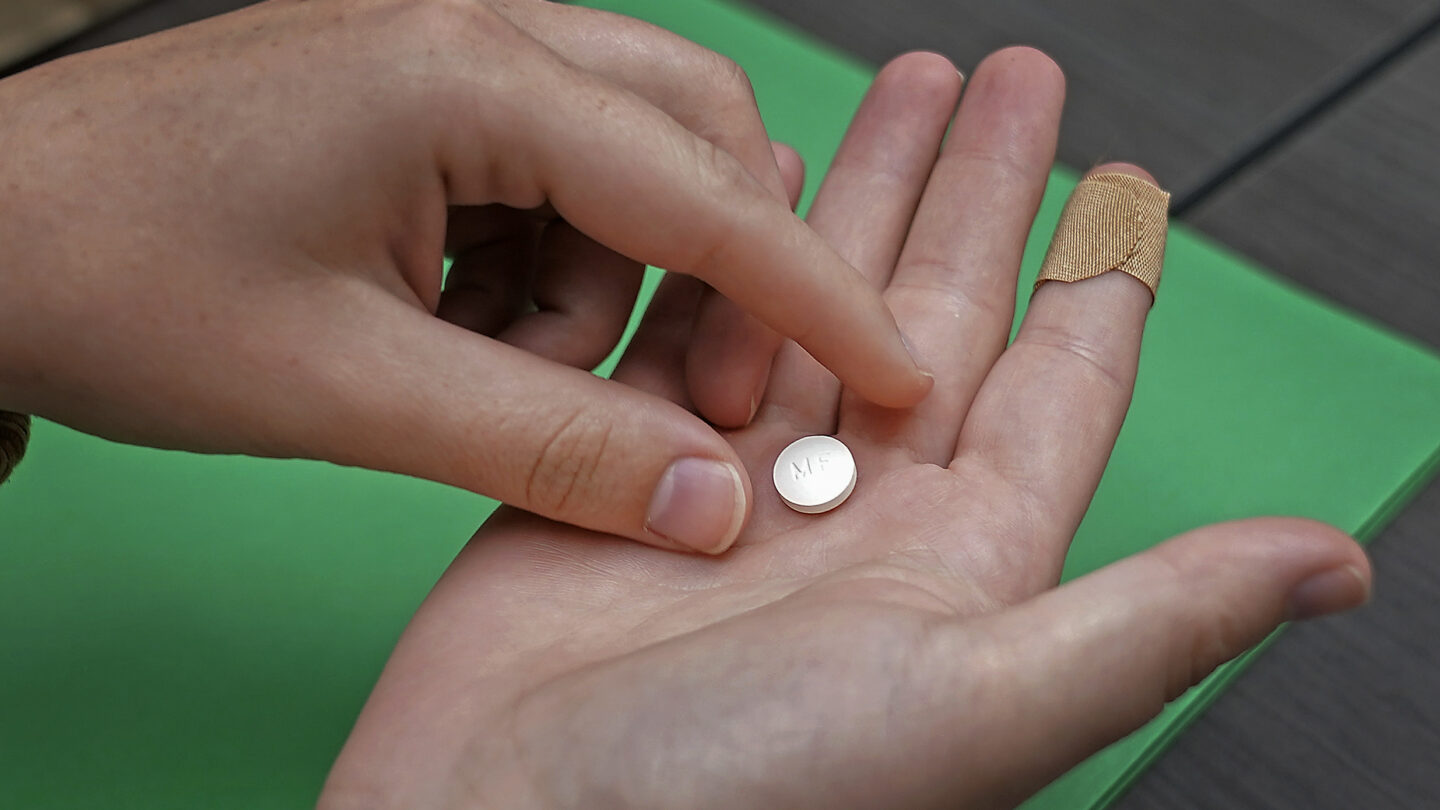The U.S. Supreme Court reentered the abortion debate Wednesday, agreeing to review a lower court decision that would make mifepristone, the commonly used abortion pill, less accessible.
The court’s action sets up a collision between the Food and Drug Administration’s 23-year study and supervision of the abortion pill, and the circumstances under which it can be prescribed. Mifepristone was first approved by the FDA in 2000; the agency required the drug to be prescribed in person, over three visits to a doctor. Since 2016, however, the FDA has eased that regimen, allowing patients to obtain prescriptions through telemedicine appointments, and to get the drug by mail.
The clash over the abortion pill began April 7 in Texas when U.S. District Judge Matthew Kacsmaryk, a onetime anti-abortion activist, imposed a nationwide ban on mifepristone, declaring that the FDA had improperly approved the drug 23 years ago. Within minutes of that decision, U.S. District Judge Thomas O. Rice in Washington state issued a contrary ruling. In a case brought by 17 states and the District of Columbia seeking to expand the use of mifepristone, Rice declared that the current FDA rules must remain in place, and noted that in 2015 the agency had approved a change in the dosing regimen that allowed the drug to be used for up to 10 weeks of pregnancy, instead of the earlier seven weeks.
While the case ricocheted around the lower courts, the Supreme Court, over two noted dissents, put the lower court decisions on hold, allowing the abortion pill to continue on the market as it had been.
While the court considers the case, the medication will remain available as it has been.

9(MDAxODM0MDY4MDEyMTY4NDA3MzI3YjkzMw004))








